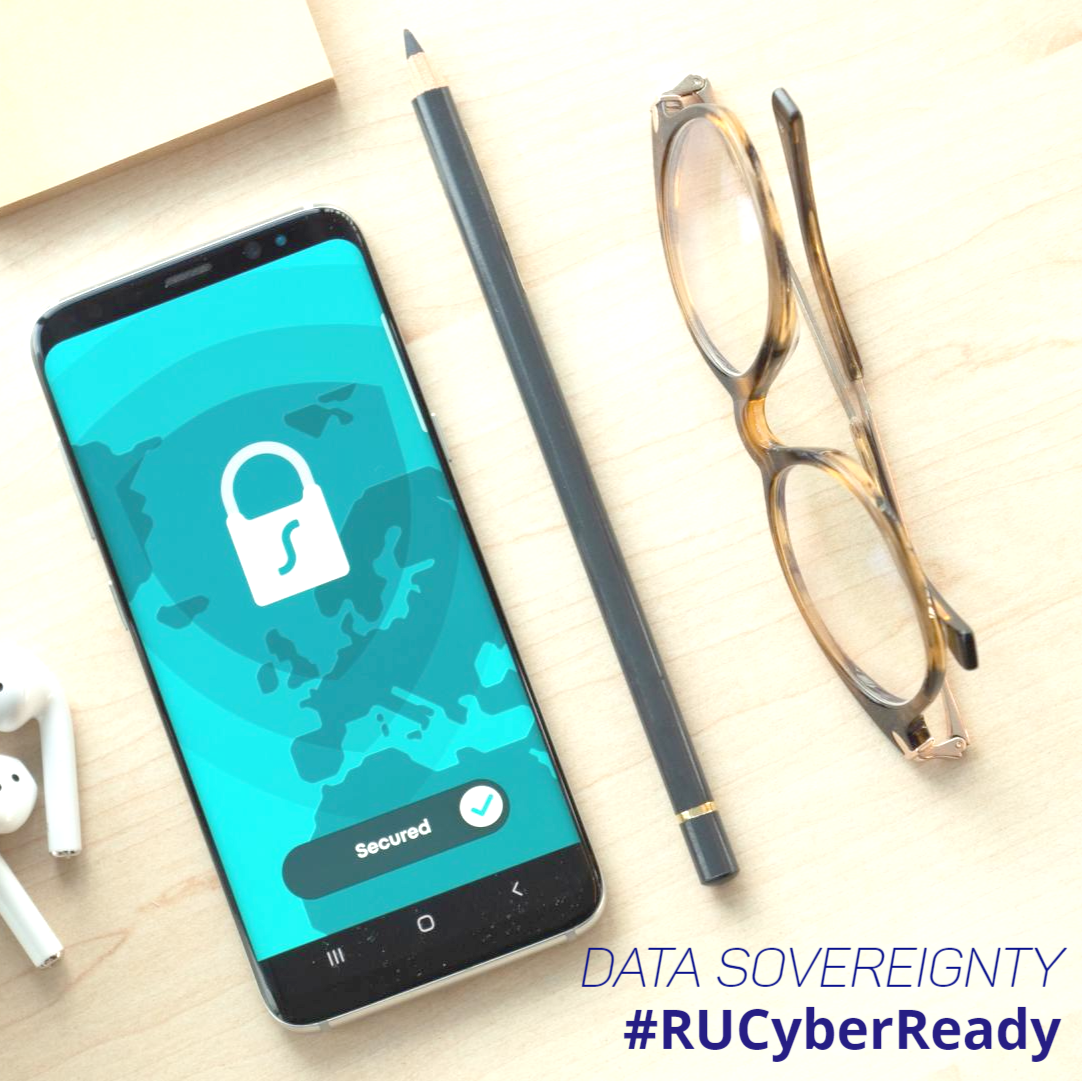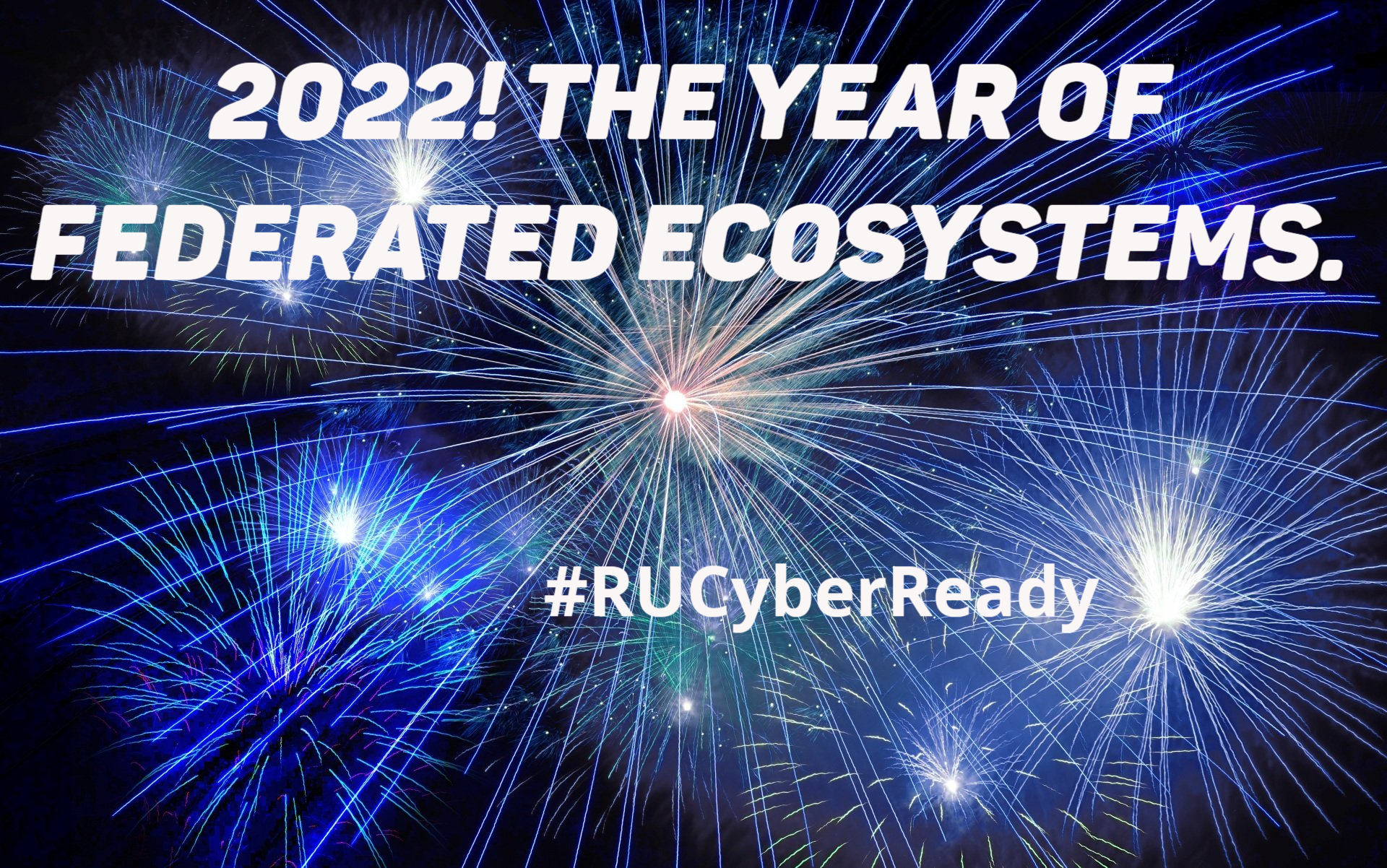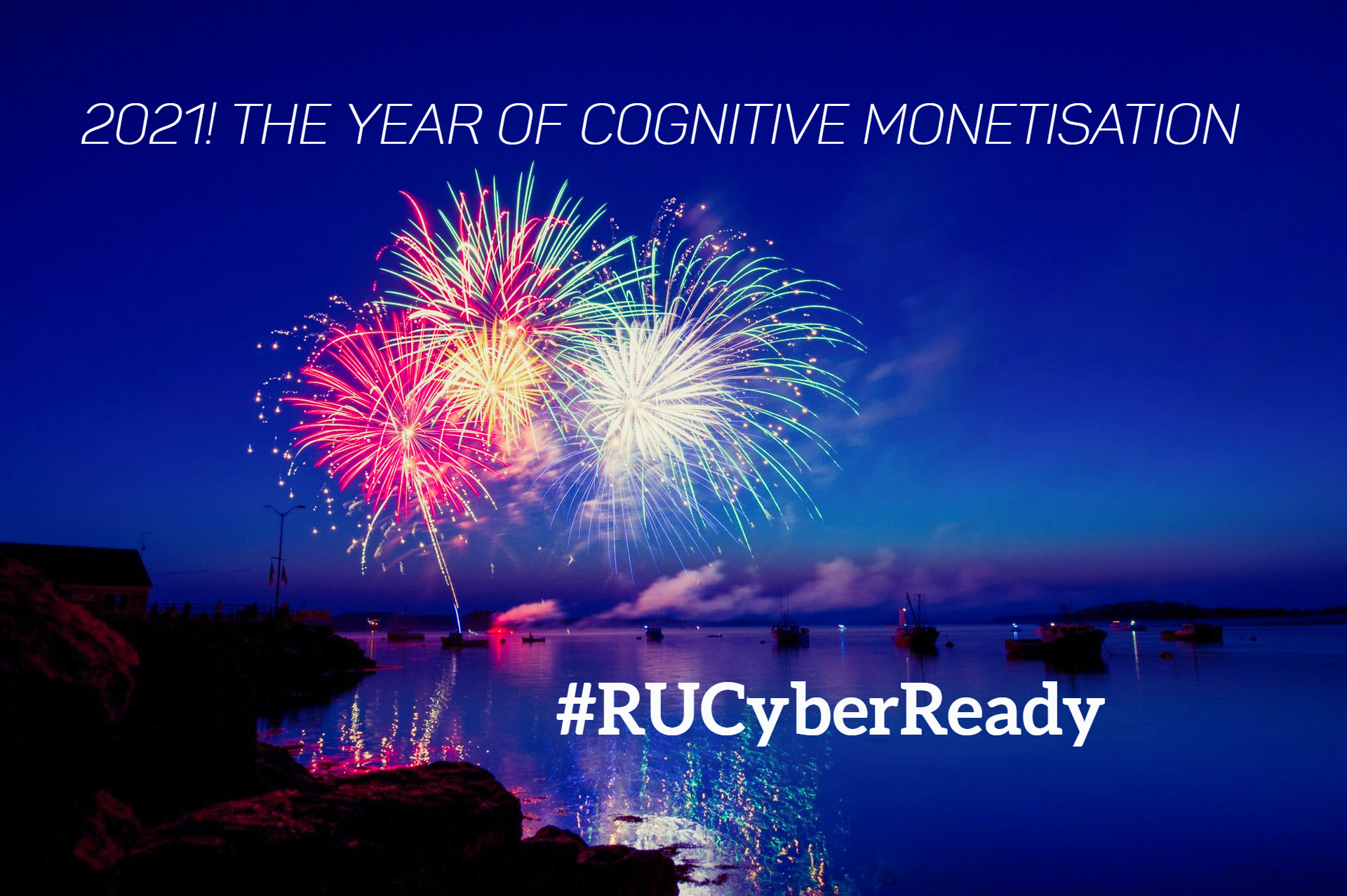Blog Layout
Data Sovereignty; Qualifying Data Transactions.
Rimesh Patel CEng
What it means for Cyber Security.

Demonstrating how data processing principles effect your security controls for physical and virtual activities will give your products and services a sense of data ownership, responsibility and accountability - especially if you are using frameworks that help the mapping of security controls to regulatory concepts.
For consumers, controls should be transparent so once engaged with, they inherently satisfy confidentiality, integrity and availability functions.
For businesses, being aware of your data categories and how they are prioritised alongside core services will let you naturally satisfy confidentiality, integrity and availability considerations by making sure your security postures have the correct risk mechanisms in place letting you enterprise your data strategy with sovereignty in mind.
To be sovereign, your data strategy has to better clarify the scope of territorial data and how local governance is to be satisfied for any region. Only then can swifter indigenous transaction gateway points allow you to up sell globally - or vice versa.
Where if you are using gateway solutions, it is your responsibility to know where the data processing takes place and not only just risk assessing where server exists - you need to define why the transaction needs data to be processed by that gateway for the consumer, business and enterprise. Do your third-party specialists really need to process all that data through their international processing affiliations? How do their aggregate activities effect your data processing?
A good starting point is to define what do 'digital transactions' mean within your industry;
Hospitality.
Legal.
Accountancy.
Arts & Entertainments.
Marketing.
Logistical.
GP, Dental or Medical Services.
Once your industry trends are known, look at regional and local regulation bodies, how do they advise on data sovereignty, which data points consider functional and non-functional representation on how your data is processed within a typical defined aggregate transaction. This gives more clarity to your data categories, which will help you identify where are your sensitive data points really exist that primarily need to have risk controls applied, especially if your gateway is both your business controller or processor.
More importantly, does your DPO agree with the synthesised processing that might take place? Of course, if your DPO has taken a security by design approach then how are they assuring it works? For example, does you framework controls transcend through every local, regional, national and international transaction? How have you empowered the DPO to work with all transaction points? What options are provided for the data territory to demonstrate enforceable safeguards and adequacy decision process for effective legal adherence.
Is feeding into your risk register sufficiently going to meet the requirements for insurance mechanisms, and how will your operations team be able to promote cyber resilience activities - they need to implement the polices right ? You need to demonstrate uniform data usage across all boundaries that filter down for practical implementation i.e. backup mechanisms required for data residency, or how critical mass data needs are served through the policies.
The finance and legal executives will then want to know about how the data concepts and controls effect the international data waivers, pacts and privacy laws - what data strategy is in place for them to do their function for the business? If you are using DPIA's, BIA's and GDPR related questionnaires, how are the results assured?
SAIBER Ltd has Chartered Assurance Packages available which provide independent qualified assurance, audit and advisory services. Our other packages assist your understanding of data processing principals including data architecture and migration so that your data privacy and data security efforts can demonstrate your ability to keep your territorial data sovereign and more importantly make it easier for others to interact with your business.
#RUCyberReady

by Rimesh Patel CEng
•
17 Aug, 2020
For your customer it means they feel safe and confident that your products or services are less likely to get caught out by the trending hack in the news. For your business, it means you are not the weakest link in the supply chain, and for industry, you can interact with others who also demonstrate good governance a chosen threat and vulnerability management framework. A vulnerability management framework has to consider assets, inherent risks and frequency of threats, including; Secure Development Life Cycle Programme User Acceptance Testing & Penetration Testing Risk Remediation & Ownership Resilience Services Patch Scheduling A vulnerability management programme will unite the above into one programme that will increase your security posture. If you are dependent on your online internet facing servers, laptops or devices, then having a dedicate resource is recommended, you can also look at outsourcing repeatable activities, however assessing each risk should have final sign-off from internal leads only. Internal risk postures are constantly moving as are external ones, so making the assessment on how actual attack vectors are going to effect your core business activities is best done internally as the vulnerability categories for risk remediation is only understood by you - including how they effect your security policy. You might have a vulnerability management policy, especially if you are risk appetite is low or your core business interacts with regulated products like heath devices, smart vehicles, utility services or any critical service. Having a dedicated policy will let you validate you have selected the right framework to make assessments of each vulnerability and making sure old vulnerability patterns are not repeated. A good vulnerability management programme will make sure you own your risk and have the right security controls in place, even if you use compensatory controls, they too will be in scope for vulnerability tests, so you must know how your resilience frameworks take effect if those controls fails. SAIBER Ltd's Vendor Neutral Vulnerability Management package will let you execute vulnerability management efficiently by empowering your resources will the correct mechanisms that consider all the above, including technical assessments. #RUCyberReady

by Rimesh Patel CEng
•
10 Aug, 2020
Telemetry is a concept used within communications systems, whether physical or digital that provides remote measurements. For your security staff, it means during an incident response they remain less disenfranchised on the severity of an actual incident. For the business it means during an incident the managers are less disenchanted on what factors to consider when trying to uphold a security policy, and for the industry, it allows us to share security operations data with others in a cleaner way - as we would have specified, using telemetry data, how an incident should be triaged. Combining these methods will not only keep your security operations teams better informed, but also let you increase your security posture throughout the organisation and technology estate - so as you move towards 5G, Cloud services, IoT or other Hybrid systems, you still have the ability to know what to monitor. Network Operations Centers typically use telemetry for performance and capacity bandwidth monitoring and now with the many next gen style non-perimeter-based integration points, the same concepts can be used to enhance security postures for different departmental technologies. Your organisations internal and external activities are likely to be complemented with the below business functions, and it's here that telemetry can enhance data quality ; SMART sensors and ecosystems Security Engineering Solution Design Quality Assurance Spatial Intelligence Object Orientated DevOp Methods Departmental Data Business Workflows Commonly associated with Telemetry are Metrics, Events, Logs and Traces (MELT). Your overall business process that uses technology components should be able to produce basic MELT data - it's this data that will help you gain better efficiencies, and from a security perspective, it is likely here that indicators of compromise (IOC) or indicators of attack (IOA) can be better considered for behavioural analysis and anomalous activity detection. What data will you need to validate that an IOC or IOA has affected your security operations policies, how can that data map to industry cyber categories within the Mitre Attack or Cyber Kill Chain models. These models typically feed off vendor logs; however, you can significantly enhance how these models enhance business resilience through better incident response and management activities - even automation efforts as they allow you to introduce a 'control signal' though the chain of command by a specific MELT ensemble. The combination of telemetry with your own technology platforms can let you compliment your organisations security policies, so when you get an alert, its already qualified. SAIBER Ltd's SME Solutions Package will consider vantage points like these to give you the best security posture you can have. #RUCyberReady

by Rimesh Patel CEng
•
03 Aug, 2020
For consumers it means they have better confidence that their business data has been considered to represent data privacy. For businesses it means they can better apply security controls during risk assessments as data is better categorised against actual business data sets, and for industry, it allows us to assess third party suppliers more granularly against data regulations. In practice, the use of data discretion will let you better categorise for cyber solutions such as DLP, IAM, OWASP & WAF, SDLC and even DDOS. Historically you might have used all these solutions to monitor hardware and software compromises only, but now, the data layer of your ecosystem also needs monitoring. It has always been there, we just never had a need to strongly demonstrate how these solutions help with data monitoring, for example, for insurance purposes, how does your system guarantee that data remains within its applicable scope, what mechanisms do suppliers use to demonstrate data process is regulated for applicable laws. It is only when you identify which data categories are applicable to your business processes can you then understand how the different technology abstract layers that you have will allow you to take your quantitative data so you can consider it like qualitative data by using relevant data attributes for predictive, interval, concept or heat mapping activities - at this point you can be sure that your selected cyber security control frameworks are going to better serve you as you know where to implement control mechanisms to mitigate your technology risks which interact with all your data classes, sets and reference categories. Our packages at SAIBER Ltd take into consideration techniques such as data discretion by design already, so you can feel assured your data journey is aligned to your cyber security controls on a granular level for your product design, devops engineering, micro-services, giving you data based security operations so you can reflect this with ease into your polices, governance structure to have the security posture you deserve. #RUCyberReady
Cyber Insurance and Professional Indemnity provided by
Bluefin.
Privacy Notice: http://www.RUCyberReady.UK/Privacy
Terms and Conditions click here.







